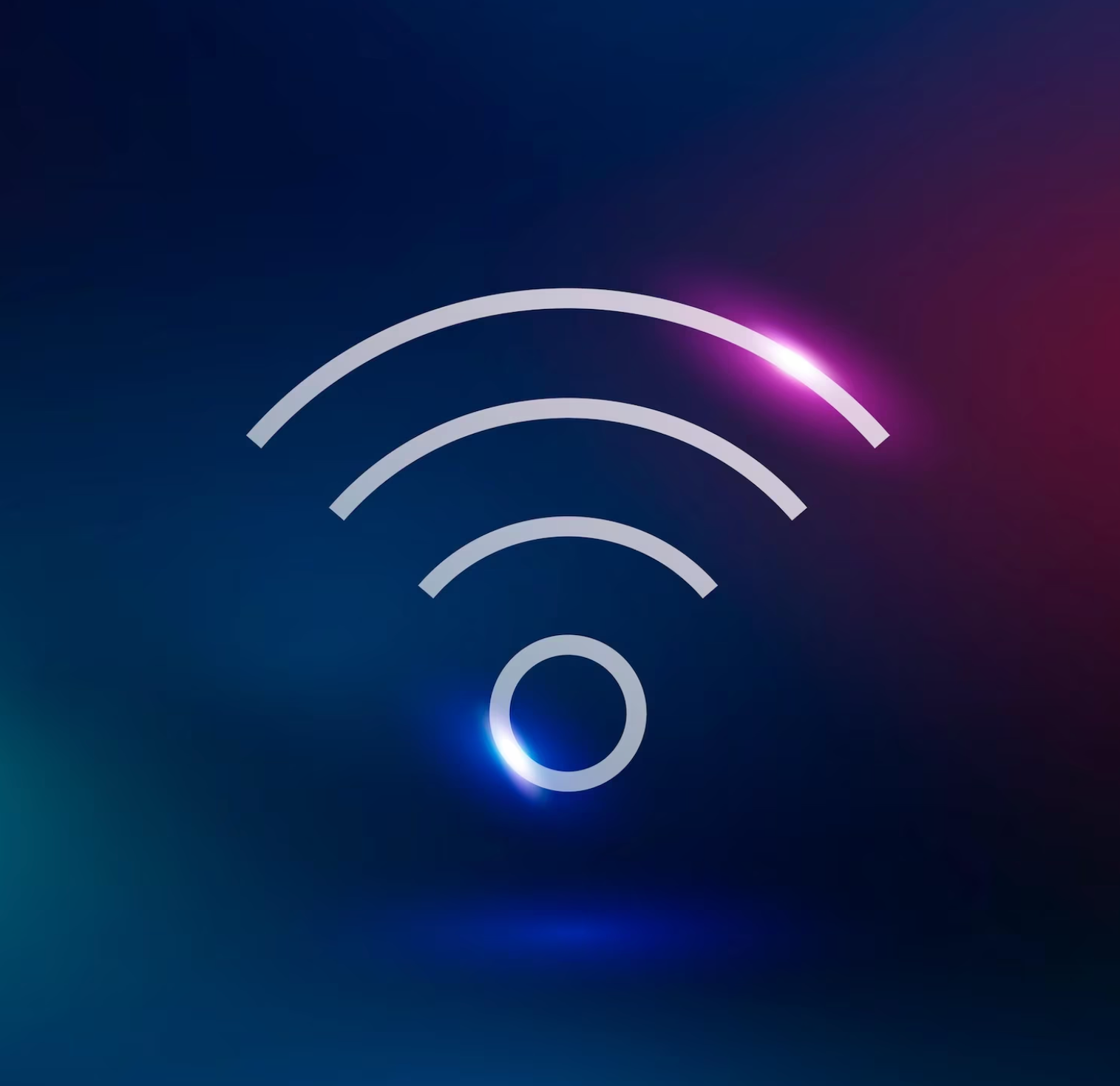Sometimes it becomes very easy to use a shortcut in Windows rather than following manual method for a particular operation. It saves our time and work also. So it is good to use a shortcut for direct access to feature using commands.
Today I am going to share some useful commands and shortcuts for newly released Windows 8 Consumer Preview (Public Beta). Most of these commands needs administrative privileges. It is worth noticeable here that some commands may vary due to device manufacturer differences.
You can run these commands using Run program (Windows Key + R) or using Command Prompt.
100+ Useful Commands
1. appwiz.cpl: Programs & Features
2. calc: Calculating Machine
3. certmgr.msc: Certificate Management utility
4. charmap: Start Character Map
5. chkdsk.exe: Chkdsk disk check (Run as administrator command prompt)
6. cleanmgr: Open the Disk Cleanup tool
7. cliconfg: SQL SERVER Client Network Utility
8. cmstp: Connection Manager configuration file installer
9. cmd.exe: CMD command prompt
10. Automatic shutdown commands =
Shutdown-s-t 600: Off automatically after 600 seconds
the shutdown-a: To cancel the Sleep timer
Shutdown-r-t 600: 600 seconds after the automatic restart
11. colorcpl: Color Management
12. CompMgmtLauncher: Computer Management
13. compmgmt.msc: Computer Management
14. credwiz: Backup or restore the stored user name and password
15. comexp.msc: Open system components
16. control: Control Panel
17. dcomcnfg: Open system components
18. Dccw: Display color calibration
19. devmgmt.msc: Device Manager
20. desk.cpl: Screen resolution
21. dfrgui: Optimization of the drive Windows 7 (dual boot)
22. dialer: Phone Dialer
23. diskmgmt.msc: Disk management
24. dvdplay: DVD player
25. dxdiag: Check the DirectX information
26. eudcedit: Characters and procedures
27. eventvwr: Event Viewer
28. explorer: Open Windows Explorer
29. Firewall.cpl: Windows Firewall
30. FXSCOVER: Fax cover page editor
31. fsmgmt.msc: Shared Folder Manager
32. gpedit.msc: Group Policy
33. hdwwiz.cpl: Device Manager
34. inetcpl.cpl: Internet Properties
35. intl.cpl: Regional
36. iexpress: Trojan bundled tools, the system comes
37. joy.cpl: Game controller
38. logoff: Logout command
39. lusrmgr.msc: Local Users and Groups
40. lpksetup: Language pack installation / remove wizard, the installation wizard will be prompted to download a language pack
41. lusrmgr.msc: Native users and groups
42. main.cpl: Mouse properties
43. mmsys.cpl: Sound
44. magnify: Magnifying glass utility
45. mem.exe: Memory usage (can be run only as administrator command prompt, invalid if run directly)
46. MdSched: Windows Memory Diagnostic
47. mmc: Open console
48. mobsync: Synchronization command
49. mplayer2: The simple Windows Media Player
50. msconfig.exe: System Configuration Utility
51. msdt: Microsoft Support Diagnostic Tool
52. msinfo32: System Information
53. mspaint: Paint
54. Msra: Windows Remote Assistance
55. mstsc: Remote Desktop Connection
56. NAPCLCFG.MSC: Client configuration
57. ncpa.cpl: Network connection
58. narrator: Screen Narrator
59. Netplwiz: Advanced user account control panel, set the login security-related options
60. netstat: An (TC) command to check interface
61. notepad: Open Notepad
62. Nslookup: IP address detection
63. odbcad32: ODBC Data Source Administrator
64. OptionalFeatures: Open “to turn on or off Windows features” dialog box
65. osk: Open the on-screen keyboard
66. perfmon.msc: Computer Performance Monitoring
67. perfmon: Computer Performance Monitoring
68. PowerShell: To provide a powerful remote processing capacity
69. printmanagement.msc: Print Management
70. powercfg.cpl: Power Options
71. psr: Problem Steps Recorder
72. Rasphone: Network connection
73. Recdisc: Create a system repair disc.
74. Resmon: Resource Monitor
75. Rstrui: System Restore
76. regedit.exe: Registry Editor
77. regedt32: Registry Editor Utility
78. rsop.msc: Group Resultant Set of Policy
79. sdclt: Backup status and configuration, is to check whether the system has been backed up
80. secpol.msc: Local Security Policy
81. services.msc: Local Service Settings
82. sfc / scannow: Scan error recovery and / the Windows file protection
83. sfc.exe: System File Checker
84. shrpubw: Create a shared folder
85. sigverif: File signature verification process
86. slui: Windows Activation, view activation information
87. slmgr.vbs-dlv: Display detailed license information
87.a. slmgr.vbs-dli: Display license information
87.b. slmgr.vbs-xpr: Current license deadline
87.c. slmgr.vbs-the dti: Display Installation ID for offline activation
87.d. slmgr.vbs-the ipk: Product Key to install the product key
87.e. slmgr.vbs-ato, or: Activate Windows
87.f. slmgr.vbs-cpky: Clear product key from the registry (to prevent disclosure of the attack)
87.g. the slmgr.vbs-ilc: (License file) to install the license
87.h. the slmgr.vbs-upk: Uninstall product key
87.i. slmgr.vbs-skms: (name [Dort]) Volume Licensing
88. snippingtool: Screenshot tool, supports irregular Screenshot
89. soundrecorder: Recorder, recording time constraints
90. StikyNot: Memo
91. sysdm.cpl: System Properties
92. sysedit: System Configuration Editor
93. syskey: System encryption, the encryption can not be answered, and double password protection system
94. taskmgr: Task Manager (old)
95. TM: Task Manager (new version)
96. taskschd.msc: Task Scheduler
97. timedate.cpl: Date and Time
98. UserAccountControlSettings: User Account Control (UAC) Settings
99. utilman: Utility Manager
100. wf.msc: Advanced Security Windows Firewall
101. WFS: Windows Fax and Scan
102. wiaacmgr: Scanner and Camera Wizard
103. winver: About Windows
104. wmimgmt.msc: Open windows management architecture (WMI)
105. write: WordPad
106. wscui.cpl: Operations center
107. wscript: Windows Script Host Settings
108. wuapp: Windows Update
Windows 8 Shortcuts
- Windows Key – Brings up the Metro start screen. You can start typing to search for an app, just like the Win7 start menu.
- Windows Key + B – Switch to the (classic) Windows desktop and select the tray notification area.
- Windows Key + C – Brings up the Charms menu, where you can search, share, and change settings.
- Windows Key + D – Brings up the old Windows desktop.
- Windows Key + E – Launch Windows Explorer with Computer view displayed.
- Windows Key + F – Brings up the Metro File search screen.
- Windows Key + H – Opens the Metro Share panel.
- Windows Key + I – Opens the Settings panel, where you can change settings for the current app, change volume, wireless networks, shut down, or adjust the brightness.
- Windows Key + J – Switches focus between snapped Metro applications.
- Windows Key + K – Opens the Devices panel (for connecting to a projector or some other device)
- Windows Key + L – Lock PC and return to Lock screen.
- Windows Key + M – Minimize all Windows on the desktop
- Windows Key + O – Locks device orientation.
- Windows Key + P – Choose between available displays.
- Windows Key + Q – Brings up the Metro App Search screen.
- Windows Key + R – Switch to the (classic) Windows desktop and display the Run box.
- Windows Key + U – Switch to the (classic) Windows desktop and launch the Ease of Access Center.
- Windows Key + V – Cycles through toasts.
- Windows Key + W – Brings up the Metro Settings search screen.
- Windows Key + X – Launch Start Menu.
- Windows Key + Y – Temporarily peek at the desktop.
- Windows Key + Z – Opens the App Bar for the current Metro application.
- Windows Key + Page Up / Down – Moves tiles to the left / right.
- Windows Key + Tab – Opens the Metro application switcher menu, switches between applications.
- Windows Key + , (comma) – Aero Peek at the desktop.
- Windows Key + . (period) – Snaps the current Metro application to one side of the screen. (Right side)
- Windows Key + Shift + . (period) – Snaps the current Metro application to the other side of the screen. (Left side)
- Windows Key + Space – Switch input language and keyboard layout.
- Windows Key + Shift + V – Cycles through toasts in reverse order.
- Windows Key + Enter – Launches Narrator
- Windows Key + Arrow Keys – Switch to the (classic) Windows desktop and enable Aero Snap
That’s it for now guys! If you know some other shortcuts or commands feel free to share us…
![KapilArya.com is a Windows troubleshooting & how to tutorials blog from Kapil Arya [Microsoft MVP (Windows IT Pro)]. KapilArya.com](https://images.kapilarya.com/Logo1.svg)









8 Comments
Add your comment
Good list for beginners!
let me add one more-
ALT + F4 = Close app
@LEO that has been in Windows forever.
hello sir, thanks for posting this. very helpful . looking for similar posts.
thank you for commands ;)
Can u plz. write abt CMD properties in a GROUP POLICY in a seperate articles pleaseeeeee
WINDOWS DEFENDER COMMAND PLZ!!
^^ MpCmdRun.exe (Run from administrative command prompt)
@ Lqyuogo1
http://msdn.microsoft.com/en-us/library/windows/desktop/ee663280%28v=vs.85%29.aspx
thanks alot Kapil, u r good blogger indeed!